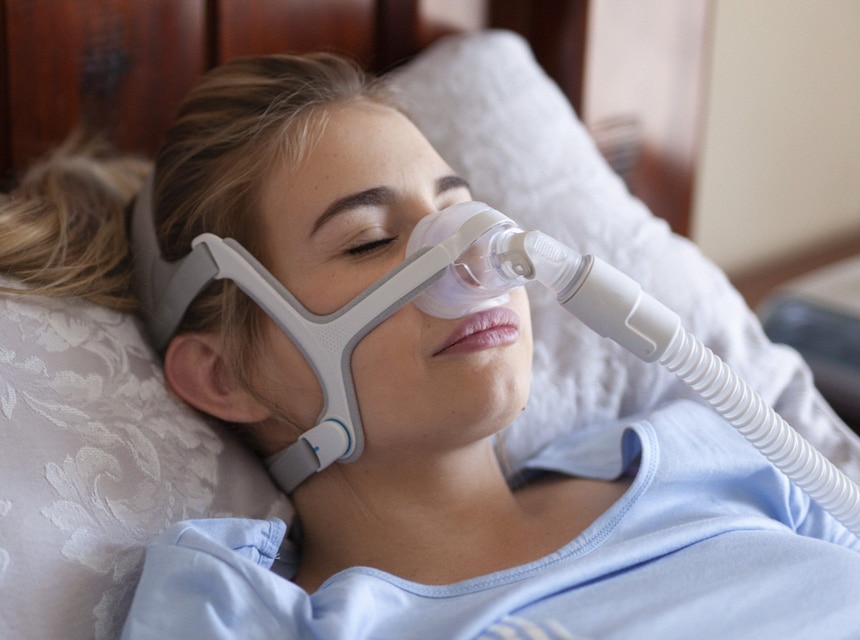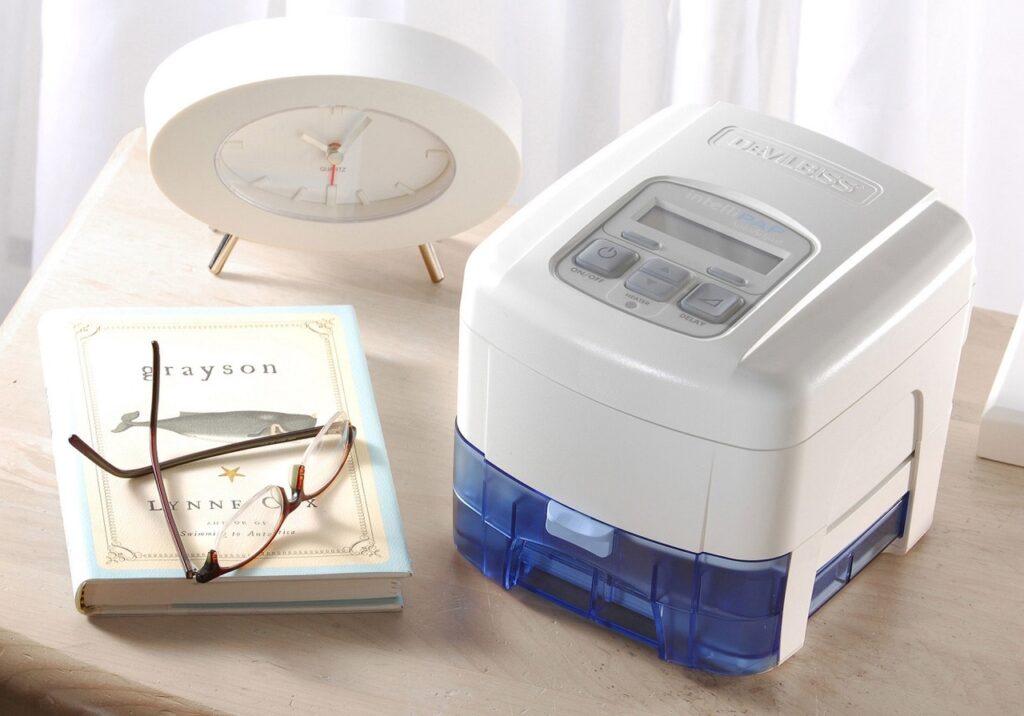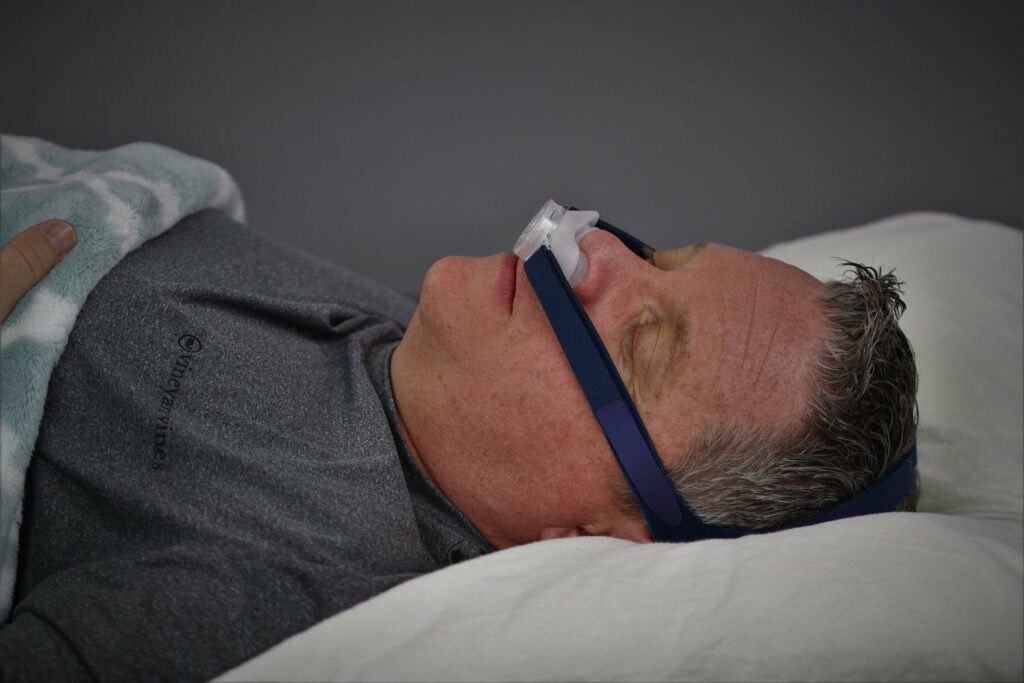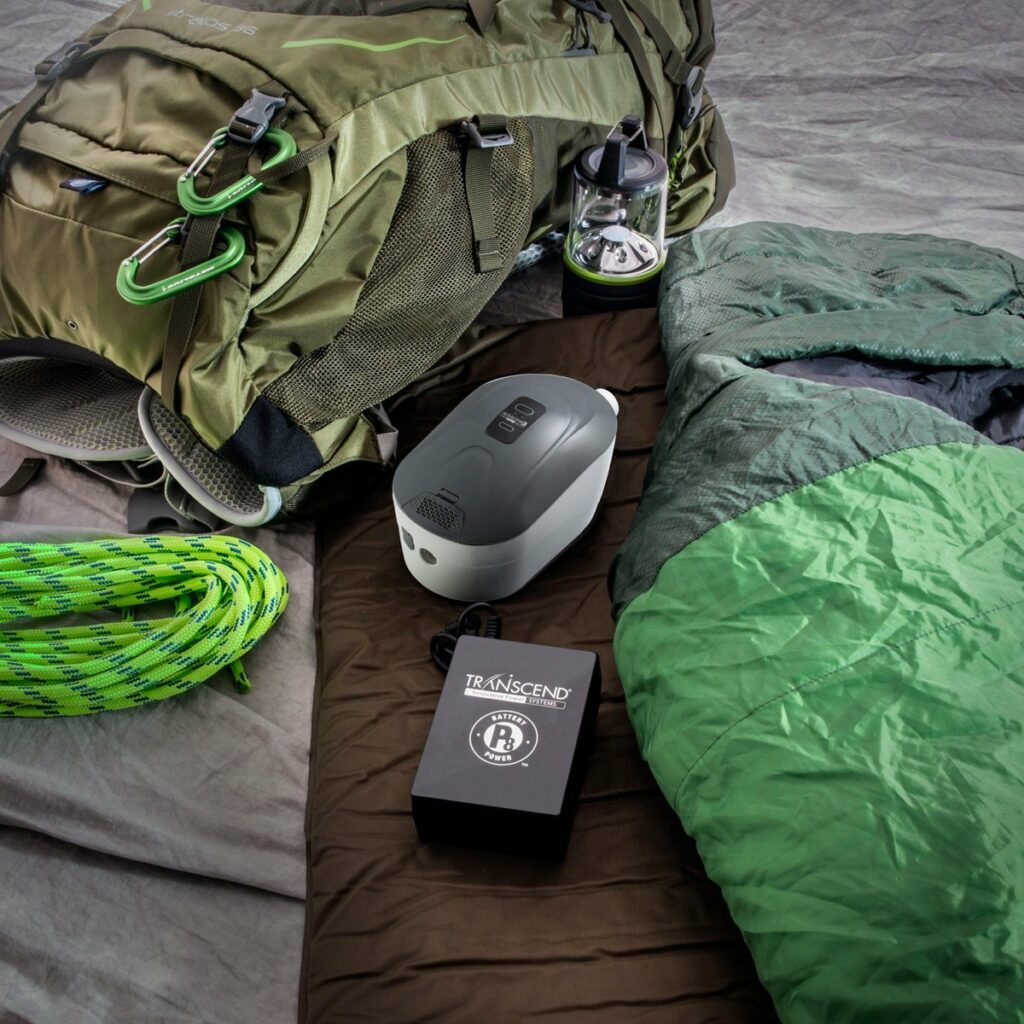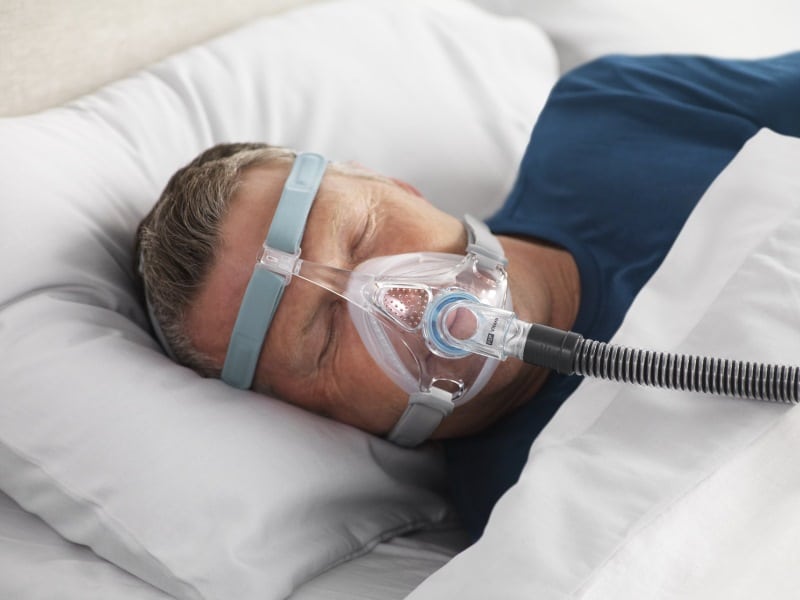

Wondering how to get a CPAP prescription? In this article, we will review the conditions for diagnosis of sleep apnea, the details of a consultation with a medical professional (in this case a pulmonologist). A pulmonologist is a doctor whose studies are concentrated in the respiratory system—the windpipe, lungs, and other mechanisms required for breathing.
Because a steady balance of breathing can often mean the fine difference between unconsciousness marking sleep and that which marks death, a pulmonologist helps their patients with sleep-related issues as well.
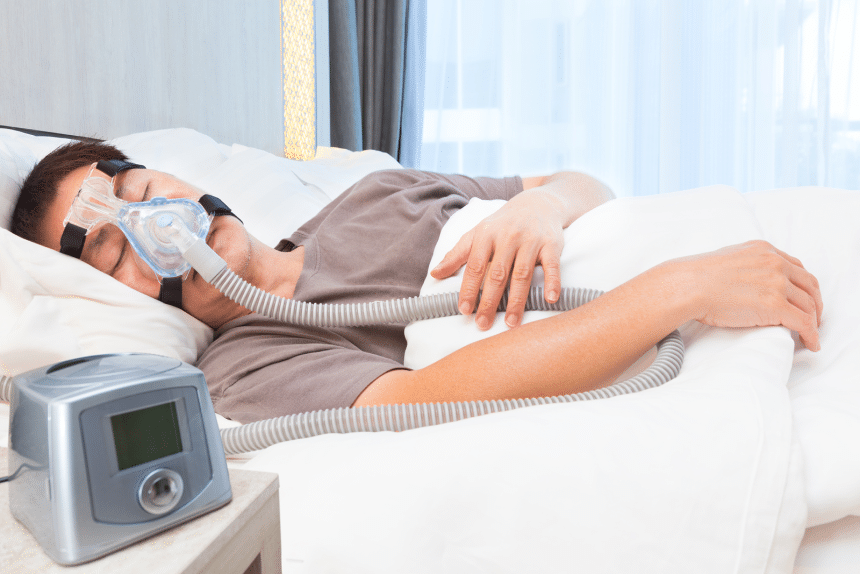
You must first see a pulmonologist, sleep study consisting of a belt over your chest measuring sleep rhythms within the night. This, in essence, reports back to your doctor how many times a night you wake up, stop breathing, or both. A CPAP diagnosis will most always require the sign-off of a professional.
Such diagnoses are often feared by patients struggling with sleep apnea and other related issues—worrying that treatment consists of too many tubes and other obstructive problems that would get in the way of an otherwise fulfilling and restful sleep.
If regular afternoon fatigue, for example, is an issue, a primary care doctor will often recommend you to a pulmonologist who will, as aforementioned, diagnose the number of times you wake up within the night–and if it is too frequent an occurrence, you can be diagnosed with sleep apnea and be recommended for treatment. Talk About Sleep elaborates on what sleep apnea is and what it consists of symptomatically speaking in their article about sleep apnea.
Those individuals who suffer from considerable teeth grinding in the night, those who snore loudly and excessively, and those who audibly struggle to breathe in the night (gasping shortly and abruptly for air, for example) are often candidates for treatment. Sleep Direct has a comprehensive article here Trusted Source CPAP Prescription Diagnosis Process | sleepdirect.com How Do I Get a CPAP Prescription? www.sleepdirect.com describing the process in detail—ranging from the details of consultations and diagnoses to treatments for sleep apnea.
In receiving a medical diagnosis for sleep apnea and a prescription for the regular usage of a CPAP machine, a consultation is in order. CPAP prescriptions don’t always necessarily need to come from a sleep physician (especially one that is board certified), they can come from any medical professional who may deem it necessary, however it is beneficial to seek such a prescription out from a specialist.
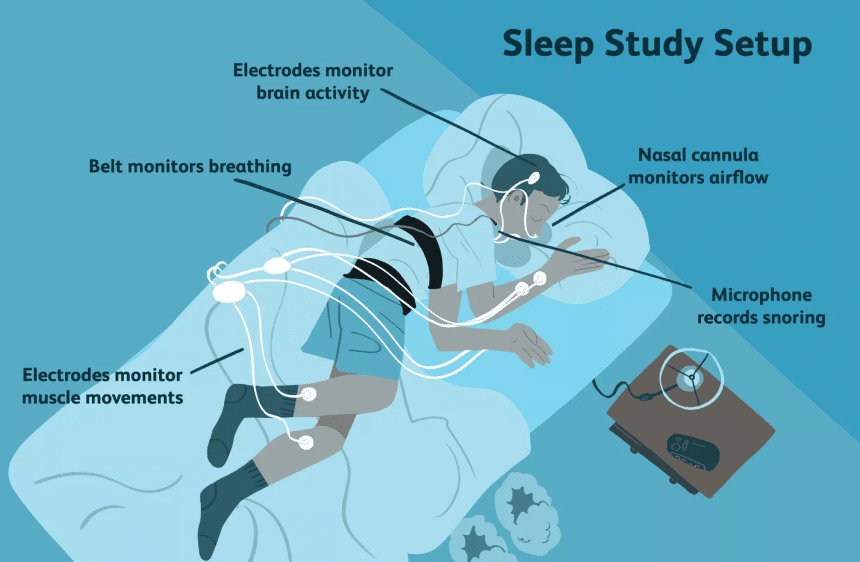
Polysomnograms also monitor oxygen levels and EKG patterns. When conducted in a lab, bodily positioning is also often recorded by the physician so that the patient’s physical position and any possible issues arising therefrom can be noted.
Obstructive Sleep Apnea, or OSA, can be ordered by a doctor so that a patient may more privately document their sleep habits—especially those that may be deemed problematic. Home Sleep Tests come in two forms a lot of the times they’re ordered—one with a wrist monitor (in charge of tracking airflow and the general pattern and force of breath, as well as heart rate and other potentially adjustable bodily patterns) and the other without.
These tests are generally effective for the diagnosis of sleep apnea in its most mild and moderate forms—they’re generally reliable, but if further notes and/or testing is required, it is often done under the prudence and watch of a professional.
CPAP machines come in different forms, and each form performs different functions as per the area of focus for treatment. Factors involved in the decision-making process for the machine that will optimally perform for the treatment and management of a patient’s sleep apnea include the expected titration of air needed by the patient—determined by prior test results. Patient comfortability and preference can also play a considerable role in the situation.
Like any prescription, a CPAP prescription needs to be a valid signoff from a professional—including their contact information should any issues arise. A patient’s treatment plan and the details surrounding it are important bits to ask for when regarding a specific prescription. Additionally, certain supplies may be helpful—the details of these will be discussed in further detail in the final section of the article.
Yes, it does cover CPAP therapy, though it depends on not only your insurance provider but the form of CPAP you and your physician intend to pursue. Oftentimes, you will need to rent out the CPAP machine by month.
Overall, sleep apnea is an issue that more Americans than you may think concern themselves about! According to sleep apnea statistics taken from various sources and studies, it’s been found that fifty to seventy million American adults have some form of sleep disorder, the most prominent of which leans toward being obstructive sleep apnea.
Not only are treatments available through CPAP and other medical approaches, but as aforementioned, certain supplies can have all the benefit! This bed wedge riser relieves its user of sleep-related neck pain, and it can also assist in optimizing comfort with a CPAP! This CPAP pillow also helps its user to comfortably sleep on either their side or their back—permitting you to switch sides in your sleep without worrying about whether or not you’re dealing with a mess of tangled tubes!
Learning about how to get a CPAP prescription has never been easier than it is now, and further learning how to use reliable methods of treatment and obtaining reliable products for your personal benefit is also much simpler.
